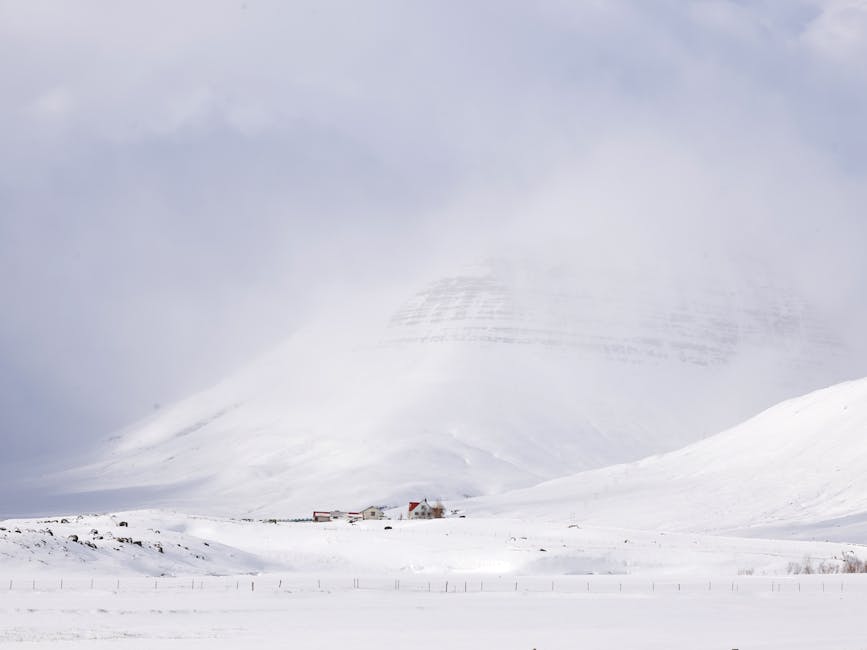
Climate Change Impacts in Alpine Regions
The alpine regions of the world are experiencing profound impacts due to climate change. Rising temperatures, changing precipitation patterns, and glacial melting are just a few examples of the disruptive effects being witnessed in these fragile ecosystems.
One of the most evident consequences of climate change in alpine regions is the melting of glaciers. Glaciers act as natural reservoirs, storing water and releasing it gradually during the warmer months. However, with rising temperatures, glaciers are receding rapidly, affecting water supply to downstream communities and ecosystems that depend on glacier melt.
Additionally, the loss of ice and snow cover is altering the albedo effect, which is the reflection of sunlight off of the bright surfaces. As more ice and snow melt, darker surfaces are exposed, leading to increased absorption of heat and further warming in the region.
Climate change also has a profound impact on alpine biodiversity. Many plant and animal species are specialized to survive in the unique alpine conditions, but with changing temperatures, these species struggle to adapt. As a result, certain plant species are moving towards higher altitudes, and some alpine animals like mountain goats and snow leopards are losing their habitat.
In addition to ecosystem disruptions, climate change in alpine regions poses risks to human communities. There is an increased frequency and intensity of extreme weather events such as heavy rainfall, flash floods, and avalanches. These events can pose significant threats to human safety, infrastructure, and livelihoods.
Addressing the impacts of climate change in alpine regions requires a combination of strategies. These include reducing greenhouse gas emissions to mitigate further temperature rise, implementing adaptation measures to protect vulnerable species and ecosystems, and promoting sustainable practices in alpine tourism and recreation.
By understanding the consequences and taking proactive measures, we can work towards minimizing the adverse effects of climate change in alpine regions and ensure the long-term resilience of these unique ecosystems.

